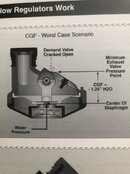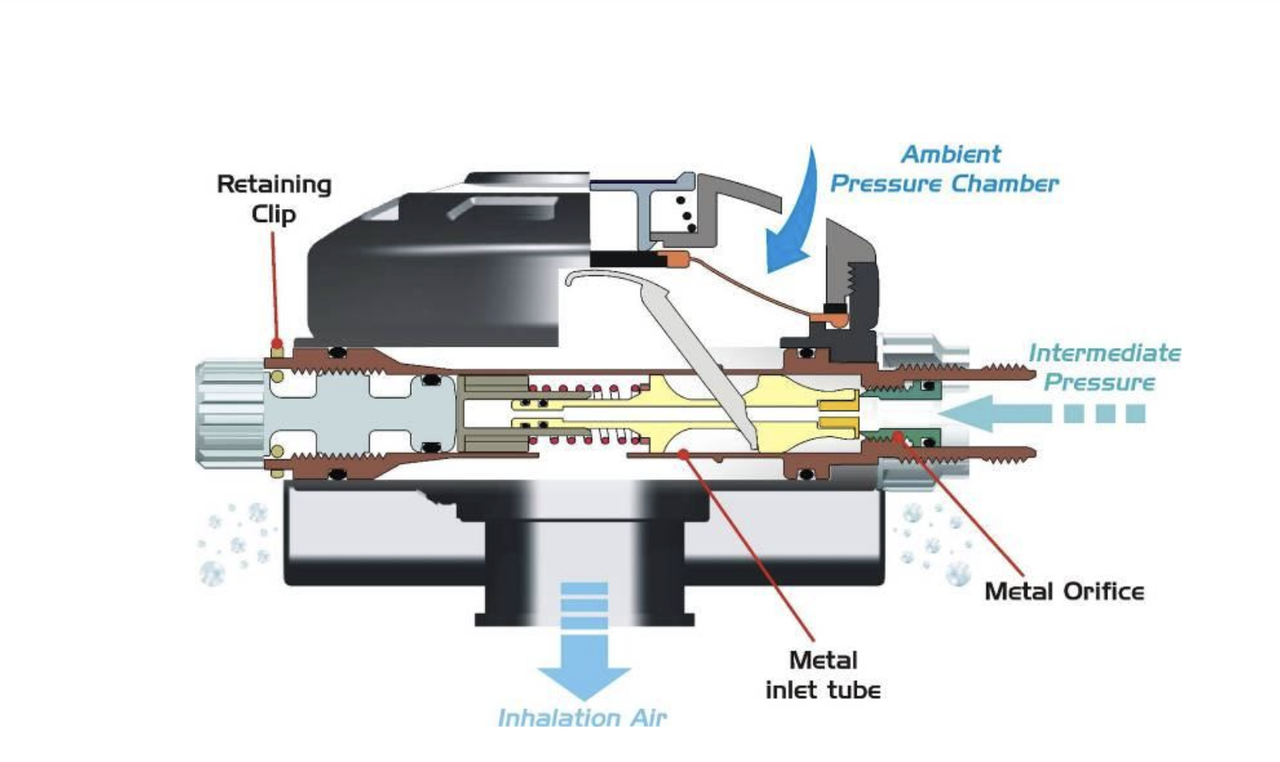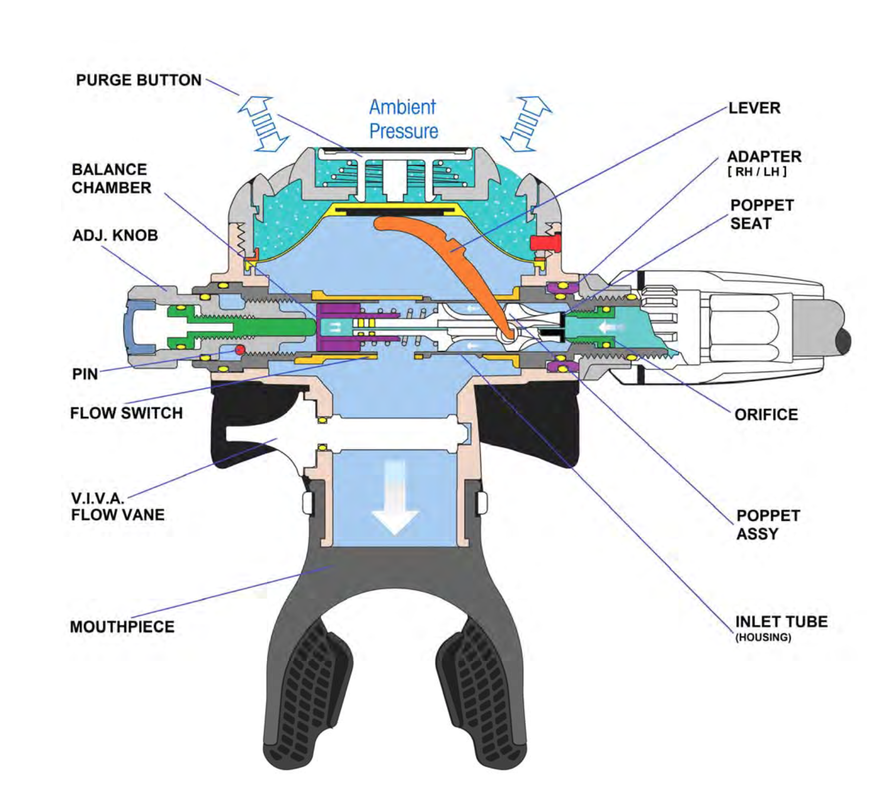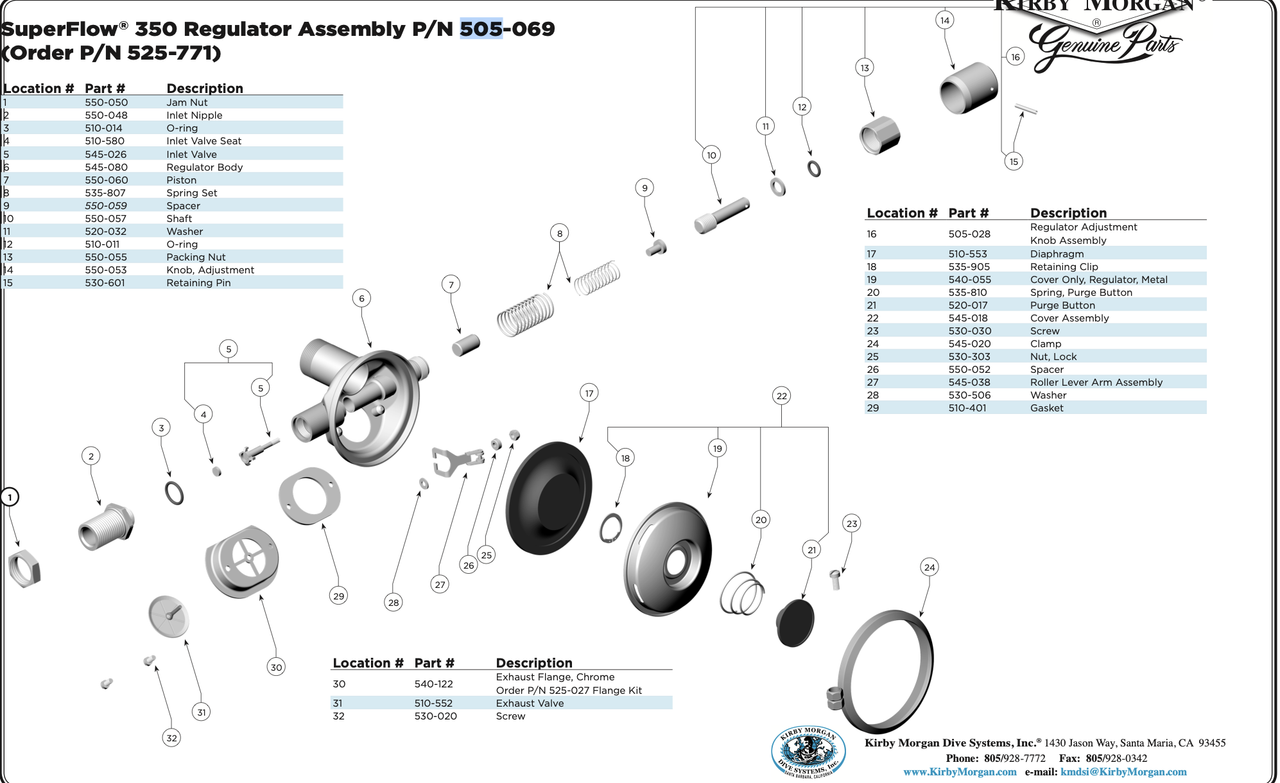bradlw
Contributor
Help me to understand the mechanism in these second's that have an adjustment knob.
I've never owned or serviced one so I'm not familiar. I used to like my seconds to be adjusted just a little bit hard to breath. I liked them to be very resistant to free-flowing, so I didn't mind a hint of a delay when taking a breath. Not so much that they were hard to breathe of course, but enough so that they would crack open only when I was sure enough taking a breath. So now I'm trying to understand the best practices for diving and storing a reg with an adjustment.
Specifically something such as the DGX Gears regulators, Deep Six, etc...
What is the mechanism and what is considered the best approach to using and storing such a reg.?
Is it a direct adjustment knob that just simply increases or reduces the closing force of the seat, directly altering the cracking force?
or is it doing something different and complicated, such as changing some opening dynamic response, or ?
So when storing the regulator is there an advantage to back off the adjustment so that the seat has less force pressing it together?
My old US Divers reg had the venturi feature, but I honestly could never tell the functional difference no matter its position. Are these newer regs different?
I've never owned or serviced one so I'm not familiar. I used to like my seconds to be adjusted just a little bit hard to breath. I liked them to be very resistant to free-flowing, so I didn't mind a hint of a delay when taking a breath. Not so much that they were hard to breathe of course, but enough so that they would crack open only when I was sure enough taking a breath. So now I'm trying to understand the best practices for diving and storing a reg with an adjustment.
Specifically something such as the DGX Gears regulators, Deep Six, etc...
What is the mechanism and what is considered the best approach to using and storing such a reg.?
Is it a direct adjustment knob that just simply increases or reduces the closing force of the seat, directly altering the cracking force?
or is it doing something different and complicated, such as changing some opening dynamic response, or ?
So when storing the regulator is there an advantage to back off the adjustment so that the seat has less force pressing it together?
My old US Divers reg had the venturi feature, but I honestly could never tell the functional difference no matter its position. Are these newer regs different?









